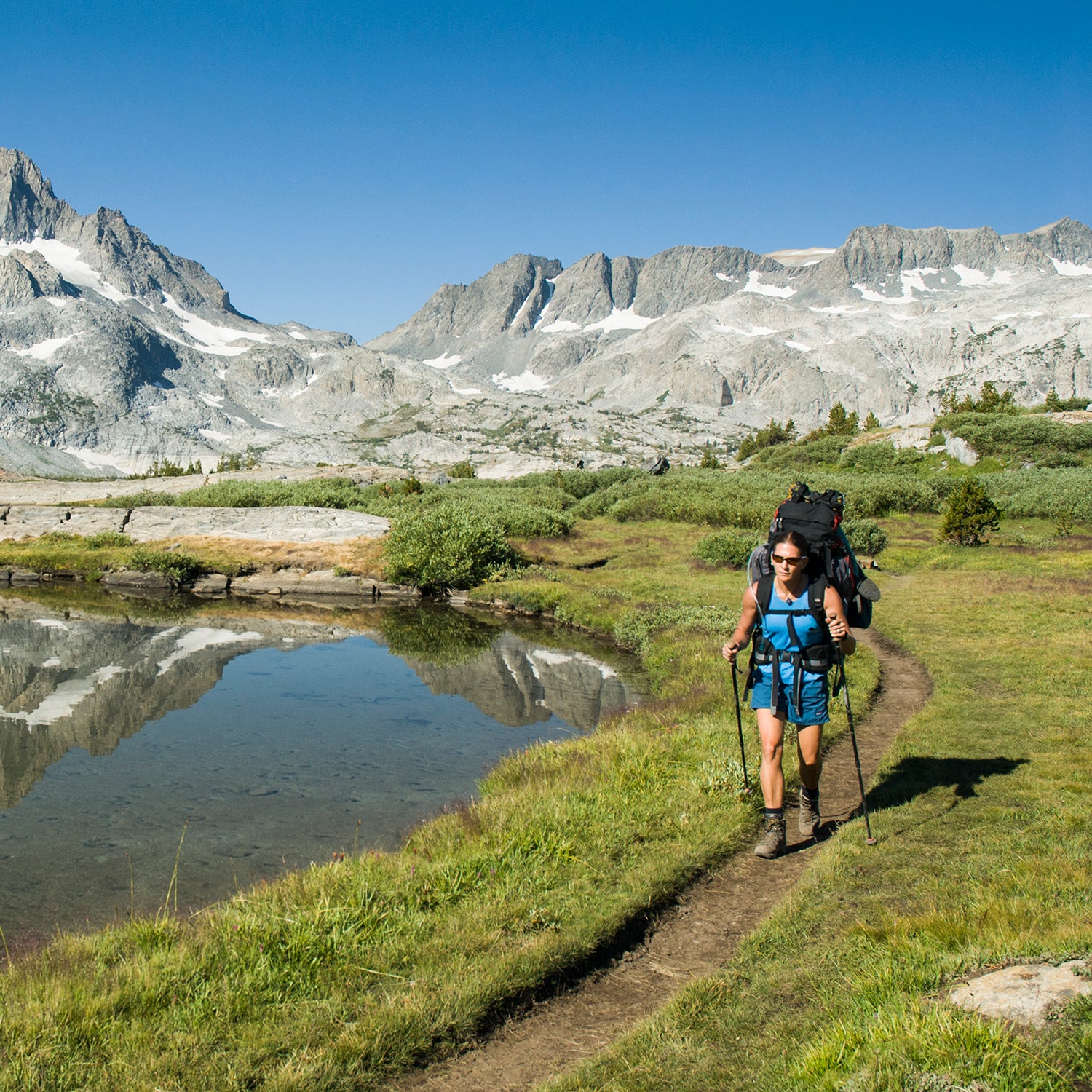A few months ago, I summed up the lessons from a study of mountain hikers in the Austrian Alps. In a nutshell, people tend to fall when they’re descending, even in good weather and good trail conditions, and especially when they’re male. That’s useful to know (even if some of those risk factors are unchangeable), but it’s mostly applicable to day-hikers. Strap on a big pack, set out for a week or more, and everything changes.
��
takes a look at this other end of the spectrum. Over the last few years, a retired San Francisco lawyer named John Ladd has run of people who hike the John Muir Trail, a famous route through the Sierra Nevadas that typically takes about three weeks to complete (through the fastest known time is two days, 19 hours, and 26 minutes, set last year by François D’Haene).
��
In 2014, 771 people filled out the survey, all of whom planned a trip of at least five days along the trail—a pretty reasonable sample from the total of roughly 3,500 permits issued that year. A group of researchers led by Susanne Spano of the University of California San Francisco Fresno analyzed the data to look for patterns and insights.
��
Some basic data: 30 of the hikers had to leave the trail earlier than planned. Four required emergency evacuations, three by helicopter: one person with stress fractures in both feet, one who had a serious fall, and one who had a severe stomach bug and couldn’t keep any fluids down. On that note, the incidence of diarrhea was just 17 percent, far below estimates for the Appalachian Trail (68 percent in 1988; 56 percent in 1997). That’s likely because the water is a lot cleaner high in the Sierra Nevadas than along the Appalachian Trail, but may also reflect increased use of lightweight water filters. (Yes, as Wes Siler argued earlier this year, you really should filter your water.)
��
Overall, the top health problems reported were blisters (57 percent), sleep problems (57 percent), pack strap pain (46 percent), knee/ankle pain (44 percent), and back/hip pain (43 percent). Another 37 percent reported altitude sickness. Given that the trail is almost entirely above 8,000 feet, and finishes at 14,505 feet at the��summit of Mount Whitney, altitude issues are not surprising, and also likely contributed to the sleep problems. That’s a very good reason to hike north-to-south, as most people do, so that you gradually adjust to the altitude.
��
The interesting part is looking at which factors predicted success along the trail. For instance, two-thirds of people who reported getting more than four hours a week of vigorous exercise in the month before their hike rated the route as between “somewhat difficult” and “not at all difficult.” In contrast, half of those who got less than that amount of pre-trip exercise rated it as between “fairly difficult” and “felt like a death march.” So getting more exercise affected how hard the trip felt—but, perhaps surprisingly, a separate analysis found that it didn’t predict risk of injury or evacuation. Instead, a much stronger predictor of injury or evacuation was BMI. One month of pre-trip workouts, in other words, isn’t enough.
��
Another key factor—and one that’s more easily modifiable—is how much weight you haul on your back. As our interactive backpacking calculator demonstrates, the load you carry (as a fraction of your overall weight) has a strong influence on how much energy you burn. It also affects things like pack-strap pain, as well as balance and gait that may contribute to the risk of falls. Sure enough, increasing “base pack weight” was significantly linked to less distance covered per day (the average in the study was about 12 miles), and to increased likelihood of illness or injury.
��
This base pack weight metric is a little confusing for me, though. It’s defined as the weight of your pack and equipment, not including any food or water. The average in the study was 22.4 pounds; a “traditional” backpacking set-up is defined as having a base weight of between 20 and 30 pounds, while less is lightweight and more is heavy. For me, though, the weight of food and water is generally the defining limitation in my trips.
��
The last backpacking trip where I had a really reliable estimate of my pack weight was , since they weighed your pack carefully before allowing you onto the single-engine Cessna that takes you to the far end of the trail. I had to empty out my water bottles and shove some food in my pockets to hit the 60-pound limit for our 10-day trip. But I have no idea what my base weight was, so I’m not sure how to compare here. The John Muir Trail has a bunch of possible resupply points along the route, so I’m not sure whether the typical hiker was carrying 30, or 50, or 70 pounds. It would be interesting to know.
��
There is one other detail that I was happy to see. The average age of those who completed the survey was 43, which I’m pleased to now proclaim as the Prime Backpacking Age. (I’ll turn 43 later this year.) Better yet, even though older hikers covered a bit less ground per day, they were slightly less likely to get ill or injured. Youth is nice, of course, but hard-earned wisdom has its perks too.
My new book, , with a foreword by Malcolm Gladwell, is now available. For more, join me on and , and sign up for the Sweat Science .


